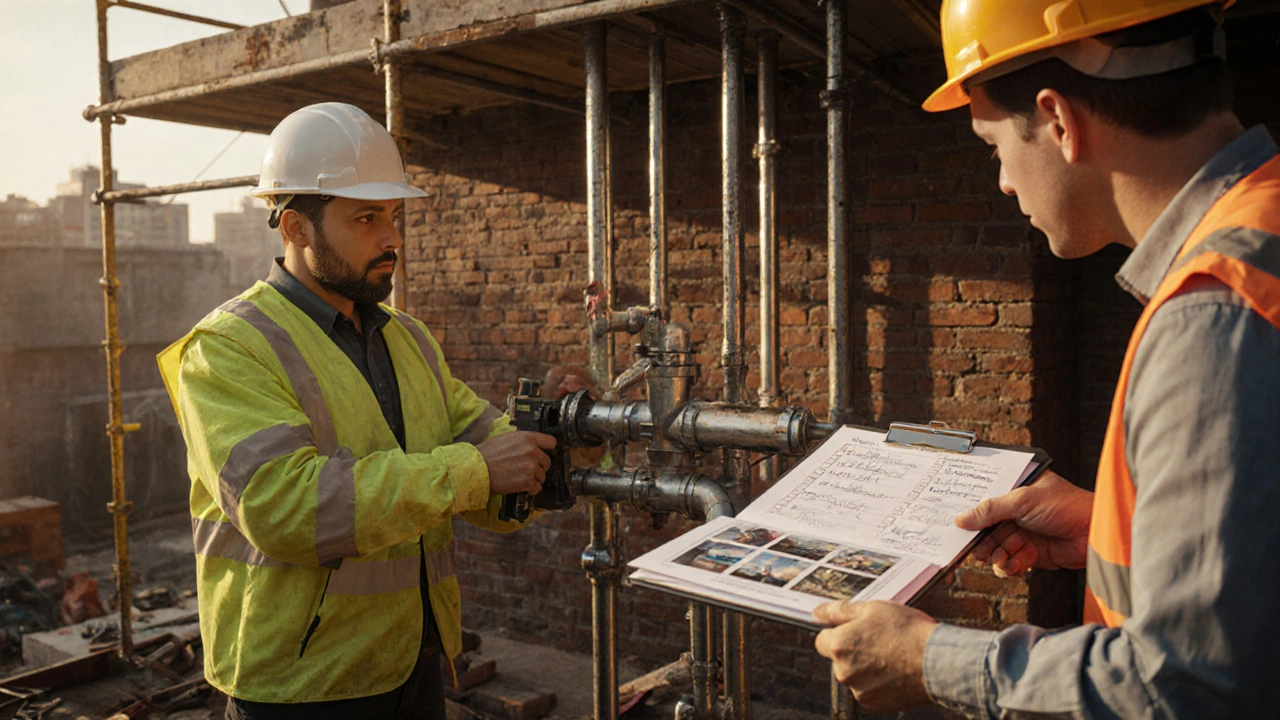Diploma Guides: What You Need to Know and How to Choose
Thinking about a diploma but not sure where to start? You’re not alone. A diploma can open doors, whether you’re switching jobs or climbing the ladder. Below we break down the basics, compare it to other credentials, and give you a simple checklist to pick the right one for you.
What Exactly Is a Diploma?
A diploma is a short‑to‑mid length qualification that focuses on practical skills for a specific job. Unlike a full degree, it usually takes 6 months to 2 years and is designed around what employers need right now. In the UK you’ll often see diplomas linked to NVQ (National Vocational Qualifications) or SVQ (Scottish Vocational Qualifications). The key is that you spend most of your time doing real‑world tasks, not just sitting for exams.
Because the training is work‑based, you’ll get to practice the exact tools and processes you’ll use on the job. That’s why many hiring managers value diplomas – they see a candidate who can hit the ground running. Whether you’re eyeing a role in beauty therapy, construction, IT, or safety, there’s likely a diploma that matches the skill set you need.
Choosing the Right Diploma for Your Career
Start with three quick questions: What industry are you targeting? How much time can you commit? What level of pay are you after?
1. Industry match. Look for diplomas that are recognized by the top employers in your field. For example, a Level 3 Diploma in Health & Safety is a common entry point for safety officer jobs, while a Diploma in Beauty Therapy covers the core techniques most salons require.
2. Time vs. payoff. If you need a fast boost, a 6‑month diploma can get you qualified quickly. If you’re aiming for a senior role, a longer program that includes management modules may be worth the extra months.
3. Salary expectations. Check job listings on sites like Indeed or Totaljobs. See which diplomas appear in the requirements for higher‑paying positions. You’ll often find that diplomas in IT (e.g., CompTIA or Google certificates) or specialised trades (e.g., MIG/TIG welding) lead to better pay.
Another tip: ask the training provider about work placements. A placement with a real employer not only builds experience but can turn into a job offer.
Finally, consider how the diploma fits with future learning. Many diplomas can be stacked – you can start with a Level 2 NVQ and later add a Level 3 or even a degree if you decide to keep studying.
Bottom line: a diploma is a practical shortcut into a career. Pick one that lines up with the jobs you want, fits your schedule, and offers a clear path to higher earnings. With the right choice, you’ll be ready to work, earn, and grow in no time.





